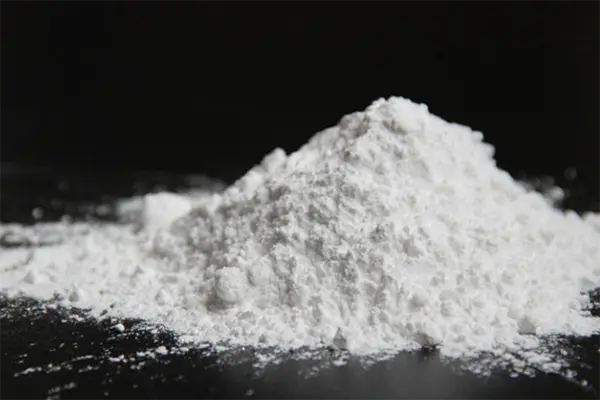Potassium compounds play essential roles in various industries, including agriculture, food processing, and manufacturing. Two commonly encountered potassium compounds are potassium phosphate and potassium metaphosphate. While they may sound similar, it’s important to understand that they are distinct substances with different properties and applications. In this article, we will explore the differences between potassium phosphate and potassium metaphosphate, shedding light on their chemical compositions, characteristics, and specific uses.
Understanding Potassium Phosphate and Potassium Metaphosphate
Potassium Phosphate: Versatile and Nutrient-Rich
Potassium phosphate refers to a group of inorganic compounds that contain potassium ions (K+) and phosphate ions (PO43-). It is commonly used in fertilizers, food additives, and medical applications. Potassium phosphate is known for its high solubility in water, making it easily accessible for plants and living organisms. It is valued for its ability to provide essential nutrients to plants and serve as a pH buffer in various industries.
Potassium Metaphosphate: Unique Structure and Applications
Potassium metaphosphate, on the other hand, is a specific compound with the chemical formula KPO3. It is classified as a metaphosphate because of its unique structure, which consists of a single phosphate group connected to potassium. Potassium metaphosphate is commonly used as a sequestrant, emulsifier, and stabilizer in the food industry. It is known for its ability to enhance texture, improve moisture retention, and prevent spoilage in processed foods.
The Differences Between Potassium Phosphate and Potassium Metaphosphate
Chemical Composition and Structure
The primary difference between potassium phosphate and potassium metaphosphate lies in their chemical compositions and structures. Potassium phosphate compounds, such as monopotassium phosphate (KH2PO4) and dipotassium phosphate (K2HPO4), consist of multiple phosphate groups connected to potassium ions. In contrast, potassium metaphosphate (KPO3) contains a single phosphate group attached to a potassium ion. This structural variation gives them different properties and applications.
Solubility and pH Buffering
Potassium phosphate compounds are highly soluble in water and are commonly used as sources of essential nutrients in fertilizers and plant growth enhancers. They can also act as pH buffers, helping to maintain the optimal pH levels in various applications. On the other hand, potassium metaphosphate has limited solubility in water and is primarily utilized for its functional properties in the food industry.
Applications and Uses
Potassium phosphate compounds find applications in diverse fields. In agriculture, they are used as fertilizers to provide potassium and phosphorus to plants, promoting healthy growth and crop yields. In the food industry, potassium phosphates act as food additives, enhancing flavor, texture, and shelf life in processed foods. They are also used in medical applications, such as intravenous solutions and pharmaceutical formulations.
Potassium metaphosphate, with its unique structure, finds specific uses in the food industry. It is employed as a sequestrant to bind metal ions and improve the stability of food products. Additionally, potassium metaphosphate acts as an emulsifier, helping to blend ingredients and prevent separation in food formulations. Its moisture-retaining properties make it useful in meat processing, improving the juiciness and tenderness of meat products.
Conclusion
While potassium phosphate and potassium metaphosphate share the common element of potassium, they are distinct compounds with different chemical compositions, properties, and applications. Potassium phosphate compounds are versatile in agriculture, food, and medical industries, providing essential nutrients and pH buffering capabilities. On the other hand, potassium metaphosphate has unique structural properties that make it valuable as a sequestrant, emulsifier, and moisture retainer in the food industry. Understanding these differences allows for informed decision-making when selecting the appropriate compound for specific applications.
Post time: Mar-18-2024











